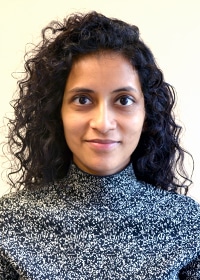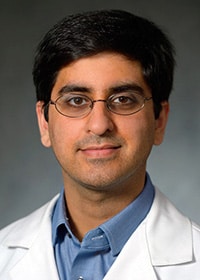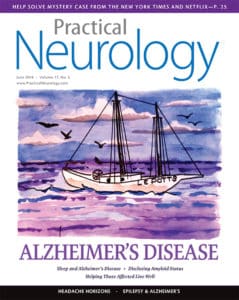By Erin Alessandroni
Every 70 seconds, someone in America is diagnosed with Alzheimer’s disease (AD). Two Penn Memory Center clinicians have a published set of recommendations regarding the care that follows.
Riddhi Patira, MD and Sanjeev Vaishnavi, MD, PhD discuss the “epidemic proportions” AD is reaching, with no effective therapies to prevent onset or stop disease progression, in a recent article published to the journal Practical Neurology.
The Alzheimer’s disease diagnosis process begins with obtaining patient history, such as the first signs of cognitive problems and what symptoms they are experiencing. Then, clinicians must rule out alternate diagnoses, such as depression, vitamin B12 deficiency, hypothyroidism, or other risk factors.
Following this, patients undergo cognitive testing, a physical examination, and a detailed neurological examination to test for causes of dementia other than AD, such as stroke or vascular parkinsonism.
Although the use of imaging biomarkers (biological markers) to support or make a diagnosis for the purpose of research is increasing, we lack sufficient data to use biomarkers alone to diagnose AD outside of the research setting. Drs. Patira and Vaishnavi identify and describe certain significant biomarkers, such as hippocampal atrophy, which is the biomarker with the highest predictive value for progression of MCI to dementia.
While there is currently no treatment for the actual disease, mild irritability, frustration, and depression can be treated by antidepressants. As the prominence of behavioral symptoms increase such as wandering and hallucinations, non-pharmacological approaches that modify the behavior or environment should be attempted before pharmacological therapies.
With current research focused on biomarkers and investigation of disease-modifying drug therapies, physicians await incorporation of these into the clinical practice. For now, the central theme of disease management is supportive care aimed at improving the patient’s quality of life.
For the full article in Practical Neurology, please click here.


